AKI Approaches and ASN Kidney Health Guidance
By Kathleen Liu, MD, Joel M. Topf, MD, FACP - Last Updated: April 28, 2025Kathleen Liu, MD, PhD, is a professor of medicine and anesthesia in nephrology and critical care medicine and medical director of the medical intensive care unit and the apheresis/hemodialysis unit at the University of California, San Francisco (UCSF). Her career has focused on researching acute kidney injury (AKI) and acute respiratory distress syndrome (ARDS), with an emphasis on biomarkers and clinical trials.
Dr. Liu is the 2025 recipient of the Shaul G. Massry Distinguished Lecture Award and presented on sepsis-associated AKI at the National Kidney Foundation Spring Clinical Meetings 2025. Joel Topf, MD, spoke with her ahead of the speech.
Dr. Topf: Joel Topf, Nephrology Times here. I’m here with Kathleen Liu. Kathleen, you’ve got a talk on Saturday. You’re the Massry named lecturer, and what are you talking about?
Dr. Liu: I’m talking about sepsis-associated AKI. You know, my career has been about critical care and AKI, so it’s a natural place to start.
Dr. Topf: I think about sepsis AKI, and it feels like a research black hole. It feels like a ton of negative trials. I feel like what I’m doing for sepsis AKI is almost exactly what I’ve been doing when I got out of fellowship—and that was a long time ago.
Dr. Liu: Well, it’s probably true and not true, right? I mean, a lot of things have happened in sepsis over the last 20 years, right? We have early antibiotics, volume resuscitation.
Dr. Topf: Maybe less volume resuscitation, right?
Dr. Liu: Maybe less, but conceptually, this concept that these [are] basic care interventions—when delivered in a protocolized or standardized way—is really important. I do think there’s a future to sepsis-associated AKI. Wearing my ICU hat, I’ve done a lot of work in the ARDS field. I think the ARDS field, which is probably not something you think about all the time, is a much better place than we are in and in a place where it sets a paradigm for AKI.
In ARDS, we’ve done a number of large randomized clinical trials, all negative. You could also argue [it’s] a therapeutic black hole in some senses. But Carolyn Calfee, one of my colleagues at UCSF, about 10 years ago, used some of these more novel statistical methods. In this case, latent class analysis was able to identify two subphenotypes of ARDS that exist. Now she’s been able to show, over a number of clinical trials, that you can consistently identify two subphenotypes in many of those treatment trials. One of the subphenotypes is responsive to therapy; the other is not. Taking a step back, they’ve now got to be able to show that you can do that in a clinical trial prospectively and that those phenotypes hold up. But that at least sets a model. Pavan Bhatraju at the University of Washington has done a little bit of work in this in the AKI space.
Dr. Topf: AKI is dying for that. We have so many different etiologies. To think that they would all be treated the same way or respond the same way—it’s naive, right?
Dr. Liu: I think it is. I think the challenge with something like this is you may need to look for subphenotypes of sepsis-associated AKI separate from subphenotypes of cardiac surgery–associated AKI because there are maybe two totally different diseases. I think these novel statistical methods give us the potential to uncover new ways to look at a disease that is very heterogeneous.
Dr. Topf: The fuel for these novel statistical methods is just large data models. Do we have that? Is that something that’s available to feed these?
Dr. Liu: We do, and we don’t. I think that’s the challenge. You need big data. There’s a lot that goes on under the hood of those big data models. If you give anybody enough data, you can find patterns in the data. This is best done in the context of do you have some marker of disease responsiveness that you could add? Or do you have some biomarkers you can use in your model? And then do you create a model where you identify subphenotypes that make sense?
I’ll say, the ARDS subphenotypes are things that make sense. One is a hyperinflammatory subphenotype; one is a hypoinflammatory subphenotype. You can see that in those, it’s not IL-6 [interleukin-6] itself that defines a subphenotype, but you can look at the patients and say, “OK, holistically it makes sense that these are somewhat different groups of people.” One has an overall higher pattern of these biomarkers, and one, overall, has a lower pattern of these biomarkers. No one marker defines the subphenotype, but it makes sense teleologically.
AKI subphenotypes, to be successful, need to do the same thing. And there are some real challenges to subphenotyping. There are some papers, for example, from the ASSESS-AKI [Assessment, Serial Evaluation, and Subsequent Sequelae in Acute Kidney Injury] cohort, where depending on the inputs that you put into the subphenotyping, you can come up with different numbers of subphenotypes. For this kind of work, you have to think about what is the purpose of my subphenotype, and what am I trying to identify?
Dr. Topf: Well, I think what you were talking about with the ARDS is that using the phenotypes as people that are treatment responsive, immediately you see why that’s useful. Being able to say, “Hey, this is a place where we can at least test this therapy and see results.”
Dr. Liu: Exactly. Right. But you have to start with the subphenotypes, and then see if you can—one of the challenges for AKI is we don’t have a suite of large negative clinical trials, which is one of the things that makes a subphenotype…
Dr. Topf: More and more every year. [laughs]
Dr. Liu: True. More and more data that we could use. But you really do need these large trials to sort of… Ideally, you have some large trials to start as a framework because once you identify the subphenotypes, then you can ask, “Is there a differential response to therapy?”
Dr. Topf: When I say that AKI is kind of a black hole, the fact that our international clinical practice guidelines are over a decade old without being updated kind of speaks to that.
Dr. Liu: Well, no. There’s more coming on that front. KDIGO [Kidney Disease: Improving Global Outcomes] is in the process of updating the AKI guidelines.
Dr. Topf: Would you say that they’re closer to the publishing stage or the starting stage?
Dr. Liu: We hope that the guidelines will come [out] in 2026. The work group has been constituted. The evidence-based review process is actively in process. As a member of the work group, I don’t think I can say much more than we are actively working on the guideline.
Dr. Topf: I’m going to work as hard as I can to push you over the edge that you get in trouble for saying too much. [laughs]
Dr. Liu: But it’s a work in progress. The work has grown tremendously over the last 14 years—sorry, 13 years—since 2012, when the last guidelines were published. They’re really due for an update. There was so much focus then on contrast nephropathy, and we’ve had a number of trials published since then. As we think about AKI now, contrast nephropathy is a tiny portion of what we need to think about when we think about prevention and treatment.
Dr. Topf: Can we say that again? Contrast nephropathy is a tiny, vanishingly small…
Dr. Liu: But people still care about it.
Dr. Topf: Well, they care about it in excess of its importance. I’ll get off my high horse on that one.
Dr. Liu: That’s every nephrologist’s high horse, right, the high horse of renalism? The need to actually treat patients and not avoid risk when somebody has a low GFR [glomerular filtration rate] for whatever reason.
Dr. Topf: That’s right, and a good indication for whichever study that we’re doing. So, we’re looking at 2026. We’re going to get new AKI guidelines. I’m super excited about that because I’ll tell you that we also went a long time without CKD guidelines, and those were outstanding. They knocked them out of the park with the update. I love that. So, you’ve got to rise to that level.
Dr. Liu: The CKD guidelines have been a great addition.
Dr. Topf: You’re also working with the American Society of Nephrology [ASN] on a new project?
Dr. Liu: I’m working on the Kidney Health Guidance Project. This is a project really focused by the ASN, not on creating guidelines, but on creating practical guidance with the audience being American nephrologists or American nephrology providers in general.
Dr. Topf: What’s the difference between guidelines and guidance? That’s fuzzy to me.
Dr. Liu: Guidelines really require comprehensive evidence-based review of the literature. If you think about the KDIGO guidelines, they’re really intended—let’s take the CKD guidelines—for practice across all of the world. Two guidance documents that ASN has created so far—one focused on obesity, one focused on dialysis-requiring AKI [AKI-D]—are really focused on what should an American nephrologist taking care of people with dialysis-requiring AKI in the outpatient setting think about? What are the practicalities of large dialysis organizations and how we—our lack of a single healthcare payer system that makes care of these patients more complicated.
The goal is really—the guidance that’s actively being worked on now is focused on dietary additives, potassium, phosphorus, things like that. Again, the concept of what does an American nephrologist need to know sitting with their CKD stage 3, 4, 5 patients to better care for that patient and make better recommendations?
Dr. Topf: What is the product?
Dr. Liu: The products so far have been publications in the JASN [Journal of the American Society of Nephrology] series of journals, some CJASN [Clinical Journal of the American Society of Nephrology] articles. Again, it’s a work in progress because the guidance you need for different topics is a little bit different. The AKI-D document is a 3,500-word article with some practical recommendations, a proposed dialogue or care plan for transitions of care.
The dietary guidelines are at an earlier stage, but one of the working groups in that guidance—I’ll say that Sarah Sampsel is really the ASN lead for this. She has a lot of experience creating guidance documents for a number of other societies and has really brought tremendous expertise to the process. For example, the dietary additives group has a specific work group focused on implementation because that’s a very specific issue. They need to help us think about how do we help patients of different ethnic backgrounds with different dietary preferences accommodate the same sort of nutritional recommendations? That one is in process. I think the timeline is for the fall to winter of 2025. These are guidance documents also. These are also produced on a fairly short timeline, in the 6- to 9-month timeframe.
Dr. Topf: Not the 13-year guidance cycle.
Dr. Liu: Right—the concept being that we want things that are timely, practical, that will help you in your practice tomorrow in Chicago, Detroit. The idea is to help you serve your practice tomorrow. If you need to do a 2-year comprehensive evidence review, that creates a different type of document.
Dr. Topf: Do you have any other ones planned after the dietary?
Dr. Liu: We’re in the active planning stages. The one that will follow that will be about conservative management of patients with advanced chronic kidney disease.
Then the one [that] is really in its infancy is going to be around CKM [cardiovascular-kidney-metabolic syndrome], cardiac kidney disease management, and really thinking about what role the nephrologist should play in that process.
Dr. Topf: This has been awesome.
Dr. Liu: Thank you so much for having me.
Dr. Topf: Thank you for joining us on Nephrology Times and talking to us. And good luck with your lecture.

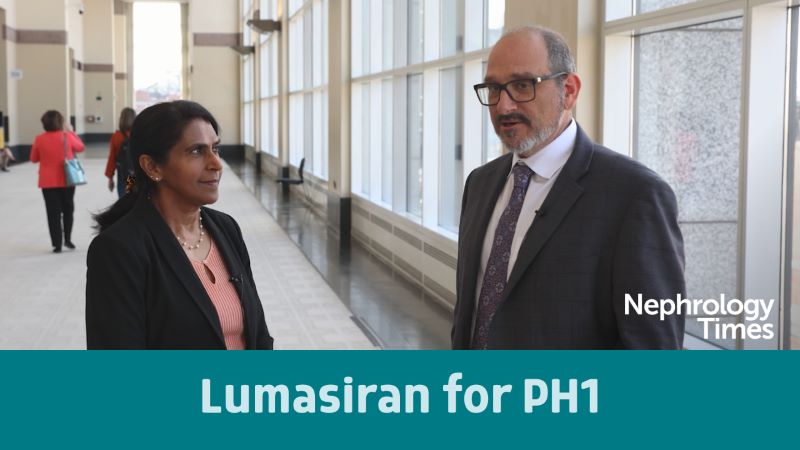
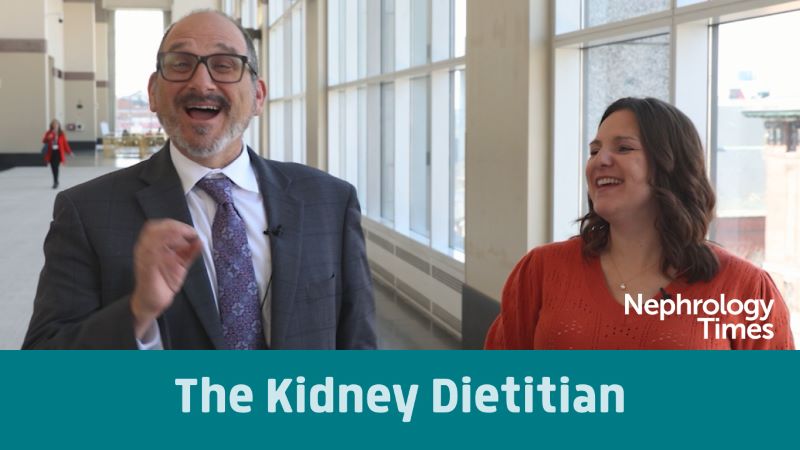
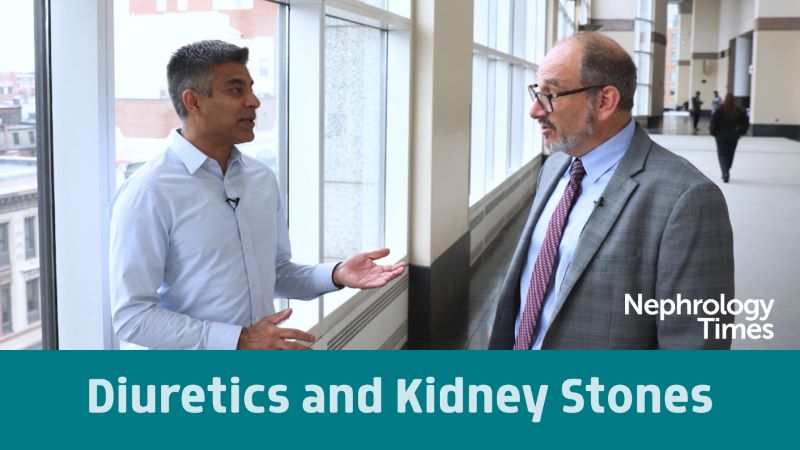
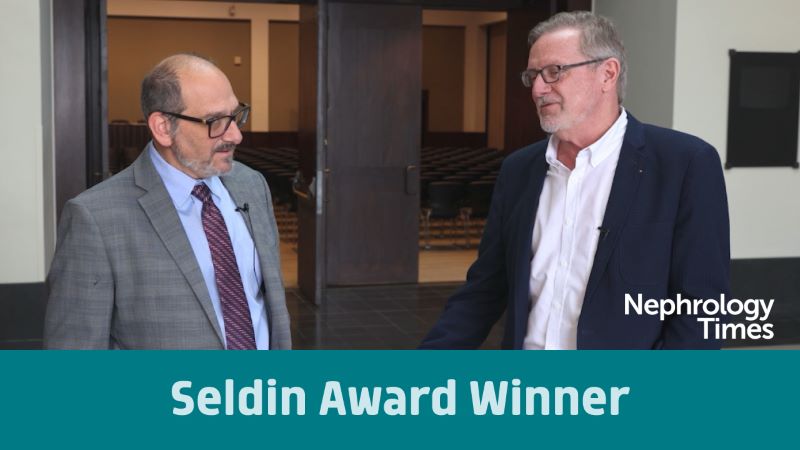
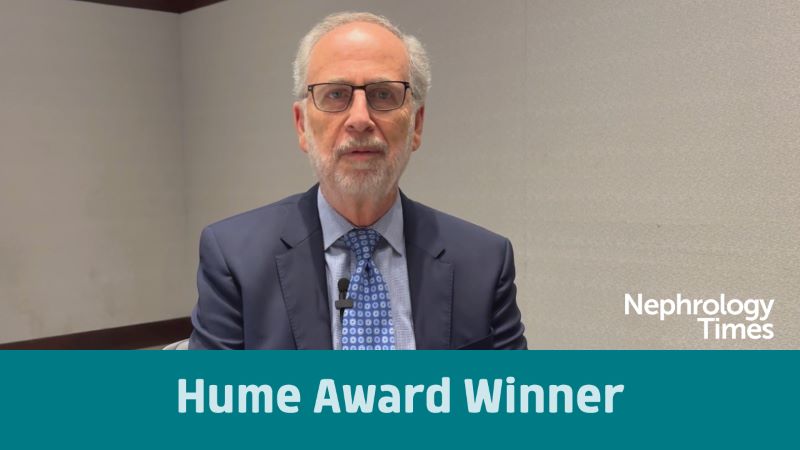

 © 2025 Mashup Media, LLC, a Formedics Property. All Rights Reserved.
© 2025 Mashup Media, LLC, a Formedics Property. All Rights Reserved.